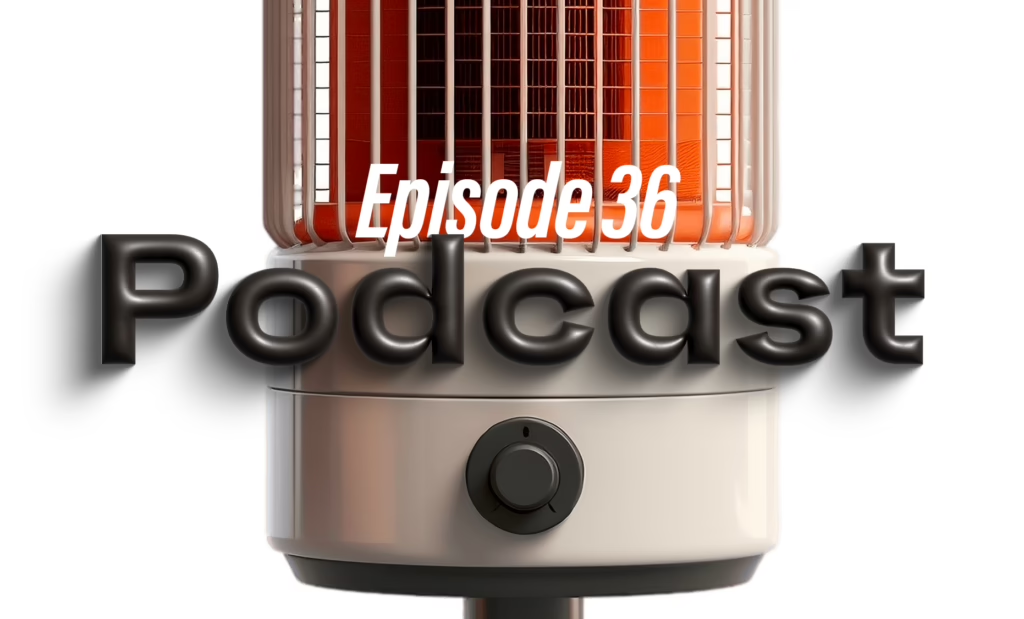With Bryn Griffiths, Laurier Mandin and Andreas Schwabe
Bryn, Laurier, and Andreas discuss ideas from the classic book, “Crossing The Chasm: Marketing and Selling Disruptive Products to Mainstream Customers” by Geoffrey A. Moore.
Until Moore’s book codified and revolutionized how marketers think and talk about product marketing, a “customer” was perceived as anyone who might potentially buy a product. But there are vastly different optimum buyer types at different times in a product marketing life cycle, and understanding them is pivotal to developing a successful launch strategy.
“The Chasm” is the yawning product marketing gap between Early Adopters and the Early Majority, whose buying choices are guided by entirely separate references. That means brands must think about their segmentation strategy as a phased approach to building momentum. How do you target the right early adopters to secure beachheads to the much larger Early Majority? That’s what we explore.





